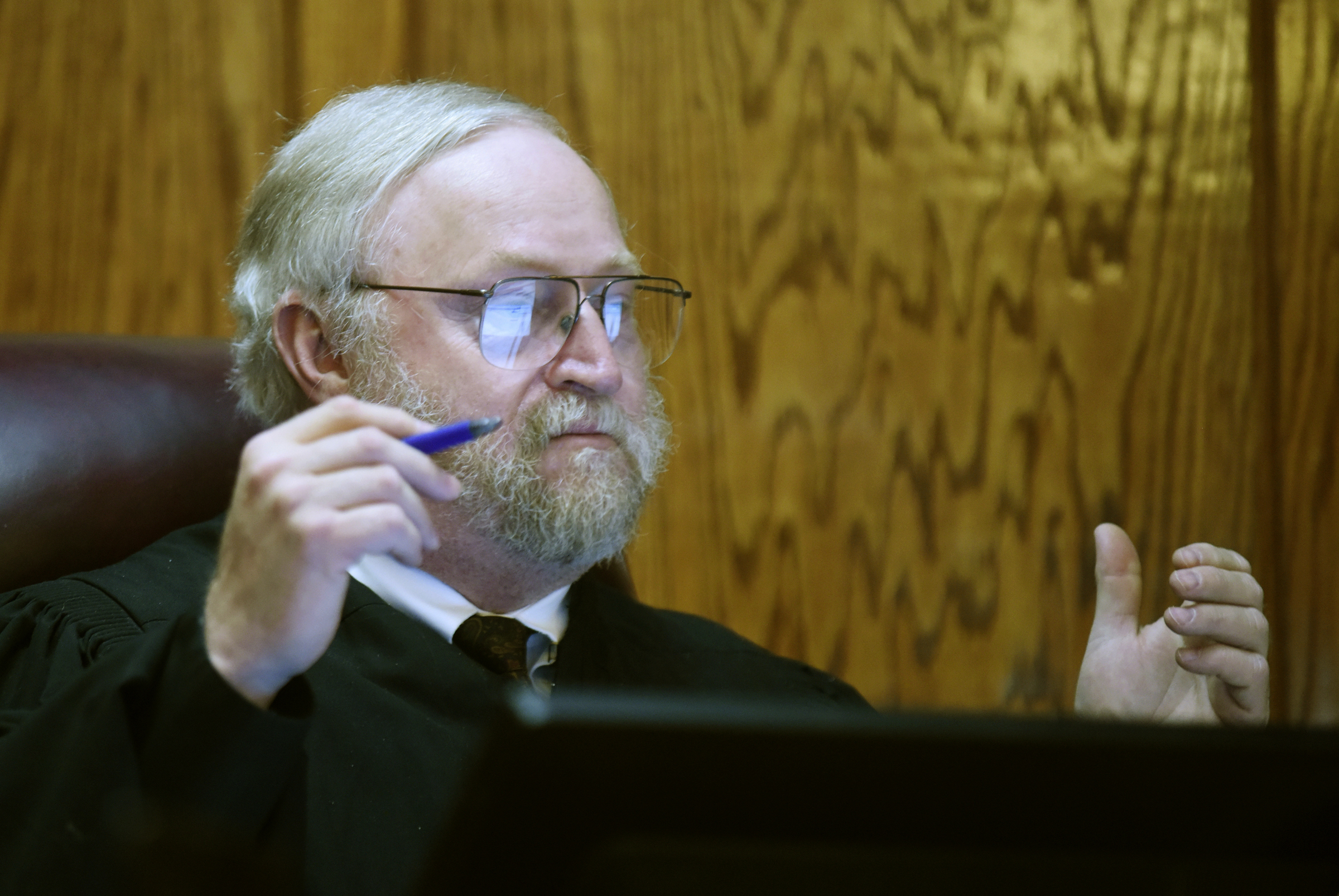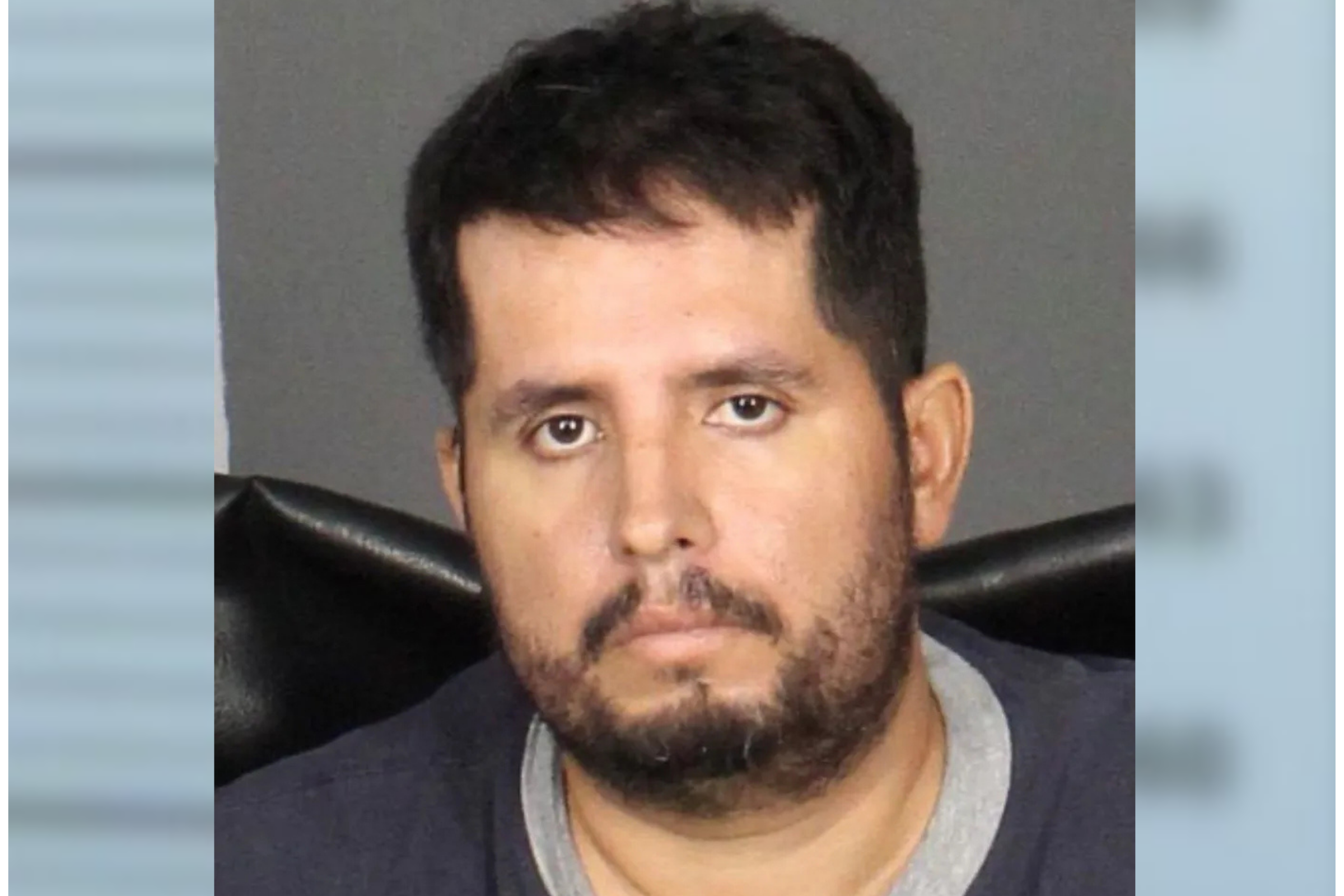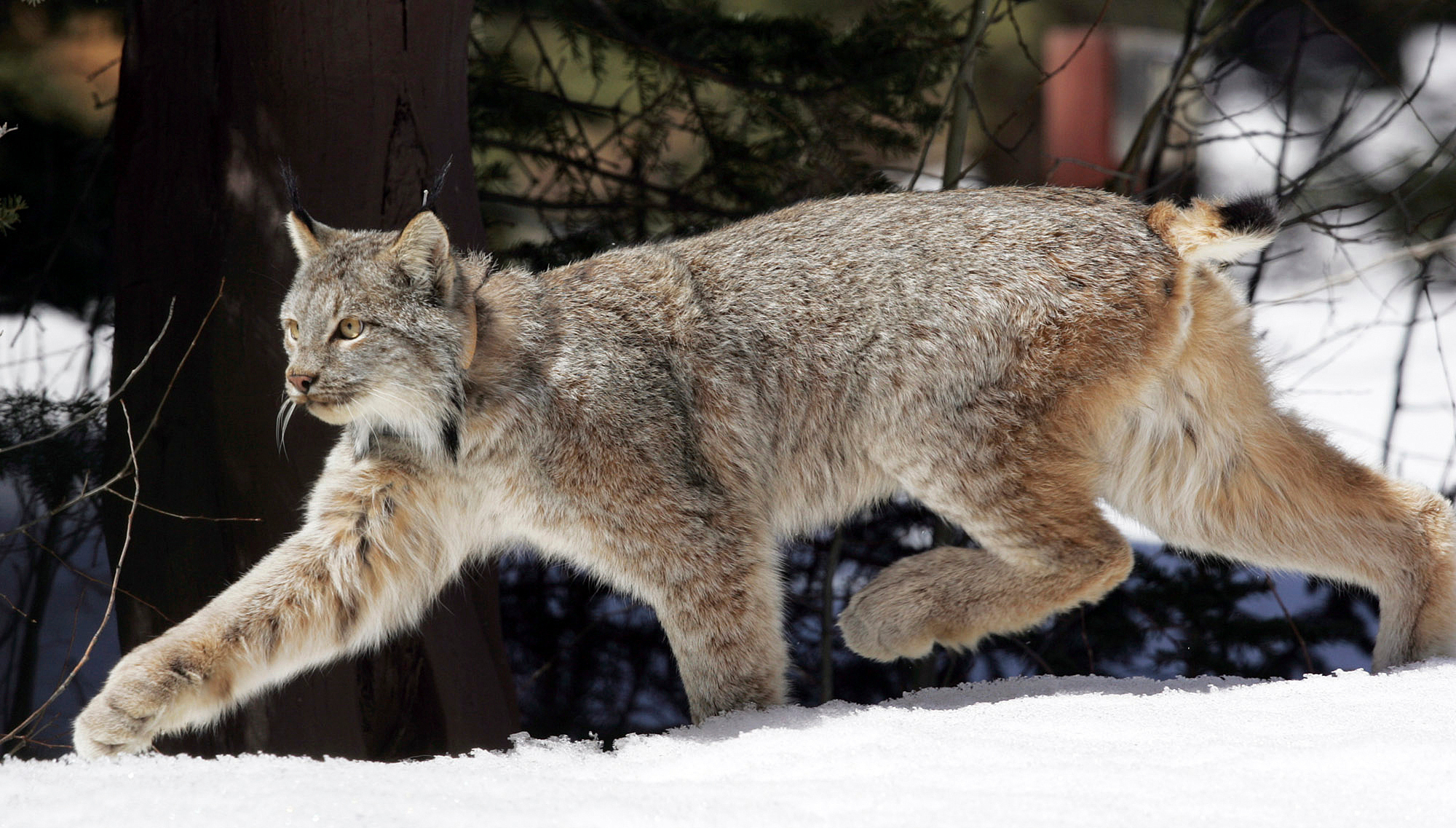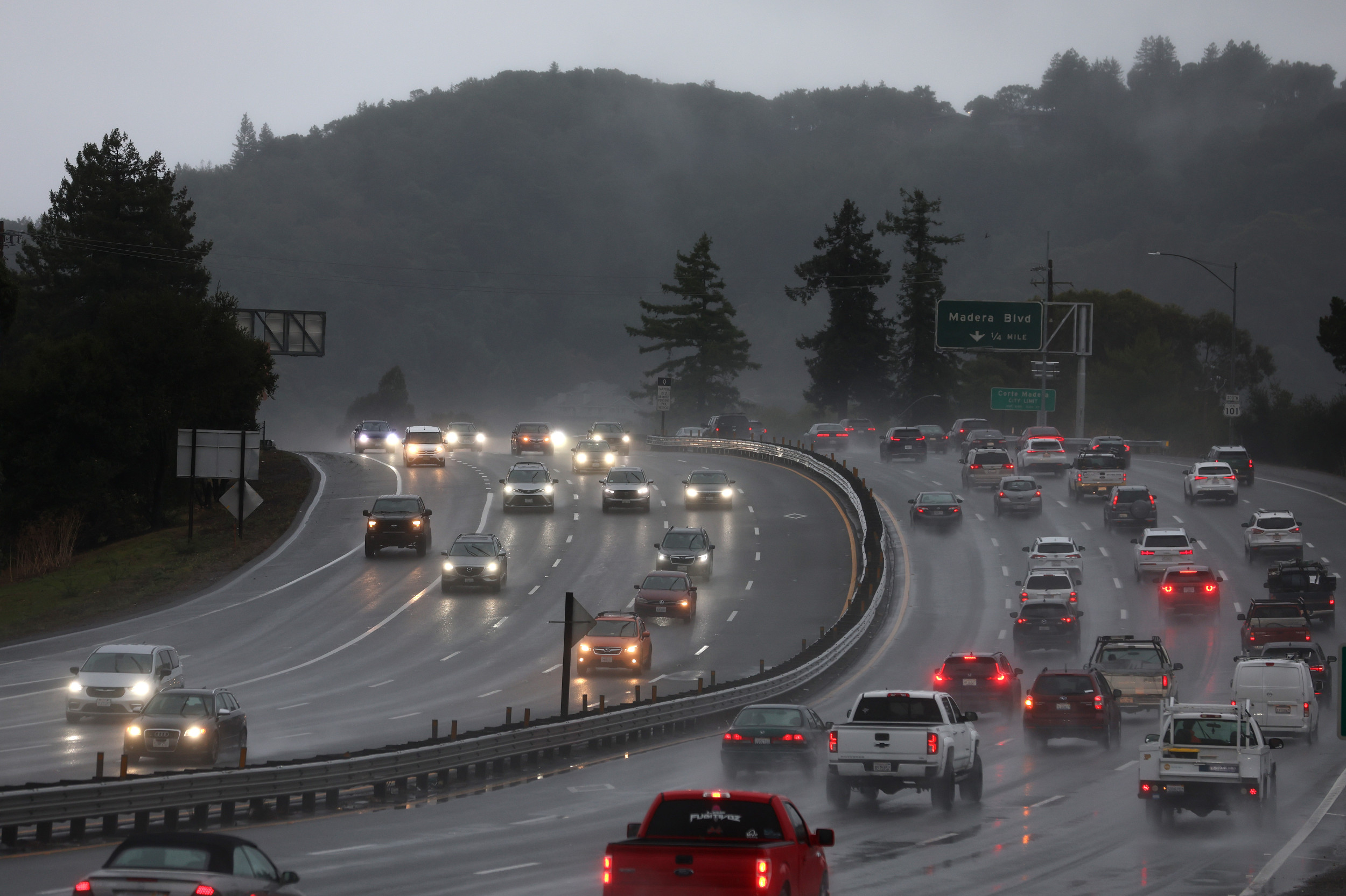Researchers have discovered what they say is the "oldest firearm" ever found within the continental United States, describing the artifact as a "priceless" specimen.
The bronze cannon or "wall gun" was recovered from an archaeological site associated with a famous colonial-era expedition, led by Spanish conquistador Francisco Vázquez de Coronado, that took place between 1540 and 1542, a study published in the International Journal of Historical Archaeology reported.
The expedition was one of the first major European ventures into the American Southwest, exploring areas of present-day Arizona, New Mexico, Texas, Oklahoma, and Kansas, in search of mythical lands of gold known as the Seven Cities of Cíbola. It may have involved up to around 2,800 people in total, including Spanish soldiers, indigenous allies, servants, slaves and support personnel, although the exact number is debated due to varying historical records.
The wall gun, an early type of firearm, is the first gun associated with the Coronado expedition ever to be found, and perhaps the oldest cannon currently known from the North American continent, excluding those found in shipwrecks that may be related to earlier expeditions, according to the researchers. It is also one of the earliest—if not the earliest—firearms found in a reliable context in the New World, the authors said.

The bronze wall gun was recently found during a study of a site in southern Arizona—referred to as Suya or San Geronimo (III)—that is associated with the expedition. The study revealed the weapon on the floor of an eroded Spanish adobe-and-rock-walled structure where it had seemingly remained for roughly 480 years. While it was possibly manufactured decades earlier, its context of use can be firmly dated to 1541, the study reported.
"It is a design consistent with the mid-to-late 1400s and was practically obsolete by the time of the expedition. This cast bronze cannon is a pristine historical specimen and was found in situ, resting on the floor of a Coronado expedition Spanish structure," the authors wrote in the study.
This gun is small enough that it would have been easily transportable, weighing about 40 pounds and is roughly 42 inches long.
"This was the perfect piece to carry on this expedition owing to its light weight, durable nature, and ease of use," the authors said. "The expedition brought artillery pieces so that as they traveled to unknown lands they could breech the wooden or light adobe walls of cities encountered and so they could repel any enemy."
"The advantage of this type of firearm is that it is versatile, which was especially valuable for an expedition embarking on such a long land journey. For example, the powder charge could be varied from light to heavy depending on the intended target, which also determined the recoil. It could be fired in the fork of a tree, across the saddle of a mount, over a wall, or with a tripod which meant that it could be used just about anywhere."
The gun was robust enough to have handled heavy charges of buckshot or round lead balls. It may have even been possible to load two large balls at once. Loading, aiming and shooting the gun was typically a two-man operation, although it could be handled by one experienced gunner if necessary.
A number of the gun's attributes indicate that it might have been made in Mexico, or the Caribbean, rather than in Spain itself.
The weapon, which is in good shape with minimal corrosion, owes its preservation to "exceptional circumstances" at the "unique" San Geronimo (III) site.
Coronado's expedition ultimately failed to find any significant riches and some encounters with Indigenous groups resulted in violent conflicts. Coronado himself also suffered a fall from his horse that left him injured. The combination of this injury, the failure to find the anticipated wealth and the overall harsh conditions faced by the expedition contributed to Coronado's eventual decision to return to Mexico City in 1542.
Do you have a tip on a science story that Newsweek should be covering? Do you have a question about archaeology? Let us know via science@newsweek.com.
Reference
Seymour, D. J., & Mapoles, W. P. (2024). Coronado's Cannon: A 1539-42 Coronado Expedition Cannon Discovered in Arizona. International Journal of Historical Archaeology. https://doi.org/10.1007/s10761-024-00761-7



















 English (US) ·
English (US) ·